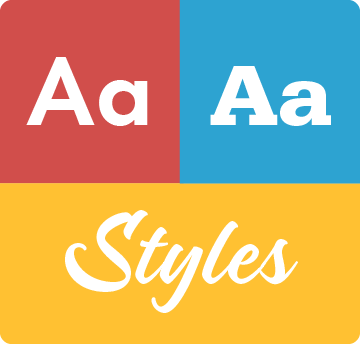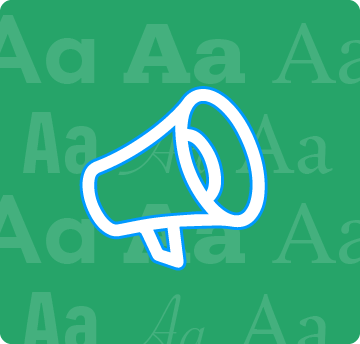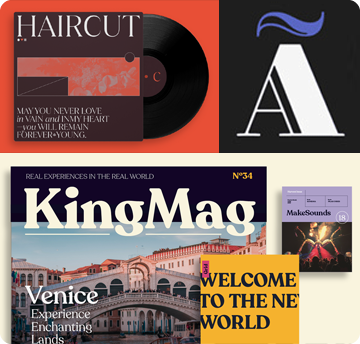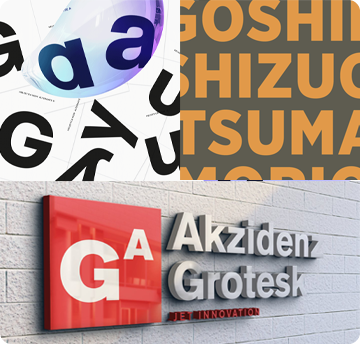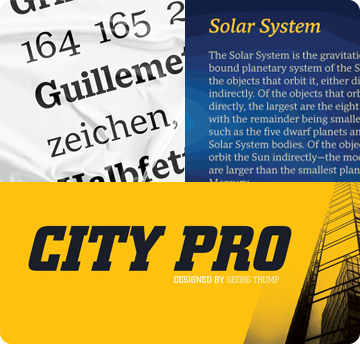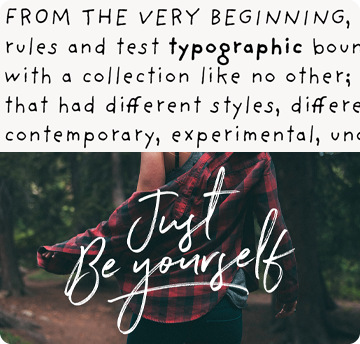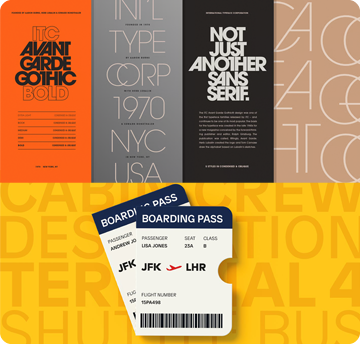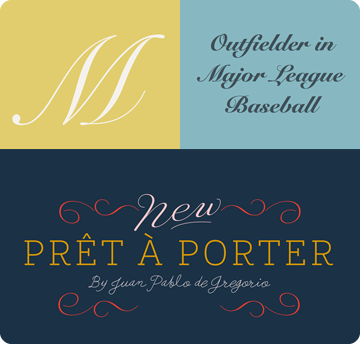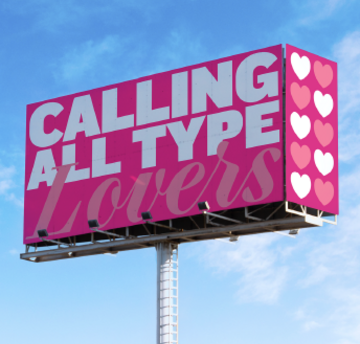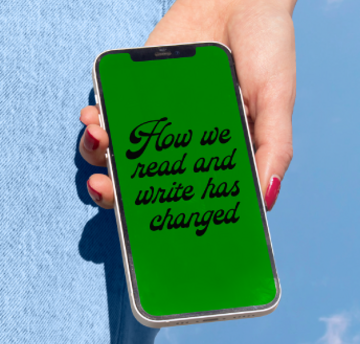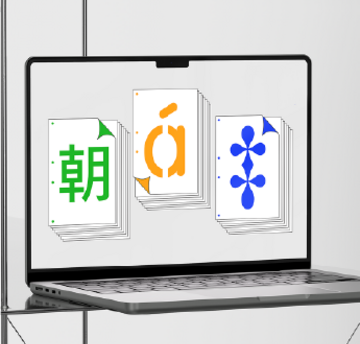Webfonts ermöglichen die Einbettung von Font in eine Webseite unter Verwendung der @Font-face-Regel, so dass Absätze und Überschriften von Text als Webfont gestaltet werden können. Sie stellen das Webfont-Kit für Ihre eigene Website bereit und verlinken es im CSS.
Webfonts auf einer einzigen Domäne verwendet werden können. Agenturen, die für mehrere Webseiten verantwortlich sind, z. B. Web Design-Agenturen oder Hosting-Anbieter, dürfen eine einzelne Webfont-Lizenz nicht für mehrere Webseiten verwenden.
Wenn die Datei Font selbst nicht in Webseite eingebettet wird (z. B. wenn die Datei Font in einer statischen Grafik wie einem Logo verwendet wird) Grafik wie z. B. einem Logo verwendet wird), sollten Sie stattdessen eine Desktop Lizenz erwerben.
Die meisten Foundrys auf MyFonts bieten ihre webfonts mit dem Jahreslizenzmodell an. Klicken Sie hier für Mehr erfahren.



